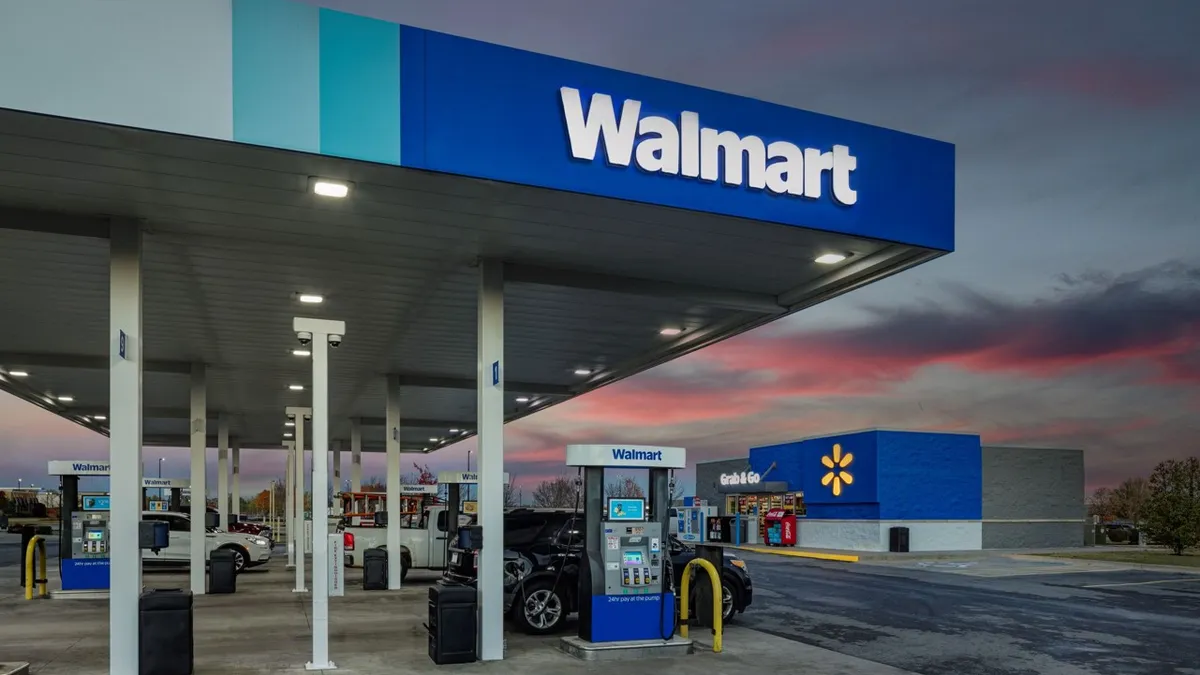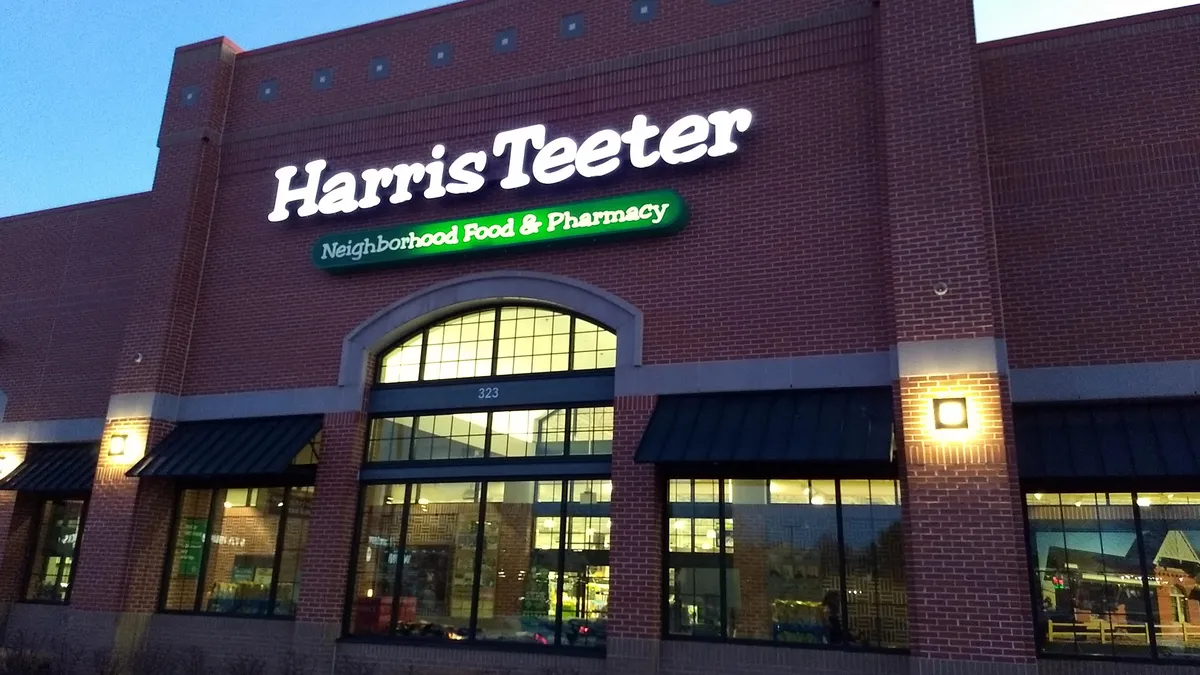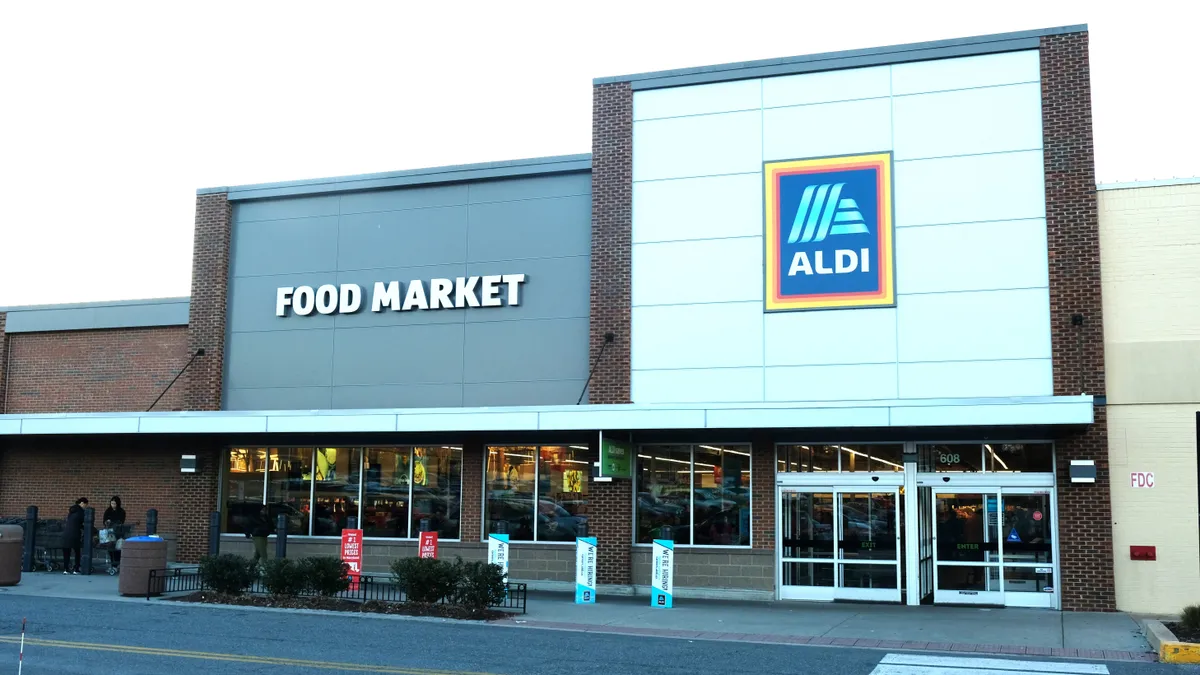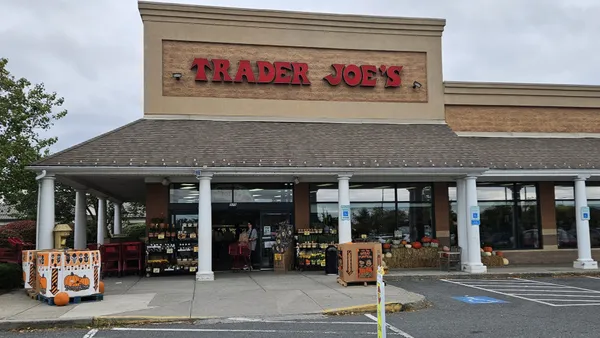An affordable gas trip probably isn’t what comes to mind when shoppers think of Walmart. But after decades of building out its army of department stores and supercenters, the largest big-box retailer in the U.S. is looking to become the next big name in convenience retailing.
For decades, the gas stations and c-stores associated with Walmart were operated by Murphy USA. Their partnership resulted in over a thousand Murphy c-stores being built near Walmart parking lots. But that changed in 2016 when Murphy separated its growth from the big box retailer’s sites, allowing both companies to build their c-store footprints independently.
Walmart never planned on being in the fuel business on its own, said Dave DeSerio, the retailer’s vice president of fuel and convenience. But not long after the Murphy separation, Walmart decided to jump back into the fuel business as a means to reach customers who were feeling the heat of inflation.
“We [didn’t have] a strategy on how — we just knew in our parking lots, we could serve customers,” DeSerio said.
The growth has been steadfast. In late 2024, Walmart opened its 400th gas station, and last month, it revealed plans to reach about 450 locations across the country by the end of 2025.
If Walmart reaches that goal, it’ll be one of the 20 largest c-store chains in the U.S. by store count. With the financial backing that few — if any — convenience retailers can match, there’s no telling how fast and widespread Walmart’s c-store arm can grow.
“Nothing is off limits as far as what we're looking at across the U.S.,” DeSerio said.
A new approach to c-stores
Walmart surged out of the gate a decade ago, opening about 100 c-stores within its first year of being in the convenience business, DeSerio said. But the company soon slowed down to evaluate how the stores performed and what its customers wanted, he added.
This pause and re-evaluation has been why, until recently, talk of Walmart’s c-store and fuel ambitions has been relatively quiet.
“It was intentional to keep things quiet, because it's a business that's different, that we had to learn as a company,” DeSerio said. “We took the opportunity over the last several years to think that through, to make sure it fits into the ecosystem of Walmart.”
That re-evaluation resulted in Walmart’s current convenience retail strategy.
“Nothing is off limits as far as what we're looking at across the U.S."

Dave DeSerio
VP of fuel and convenience, Walmart
All but one of these locations are in the parking lot of one of the retailer’s big box stores, DeSerio said. The c-stores are essentially miniature versions of its department stores that happen to also sell gasoline. Every product in a Walmart c-store, whether a bag of chips or a gallon of windshield wiper fluid, costs the same as inside the nearby big box.
It’s a simple concept, but one that has forced Deserio — who spent decades in top leadership roles with Wawa, MAPCO and Spinx before joining Walmart in 2018 — to re-evaluate his approach to the c-store business. Walmart’s everyday low price strategy brings a “different spin” to presenting fuel and products to their customers, he said.
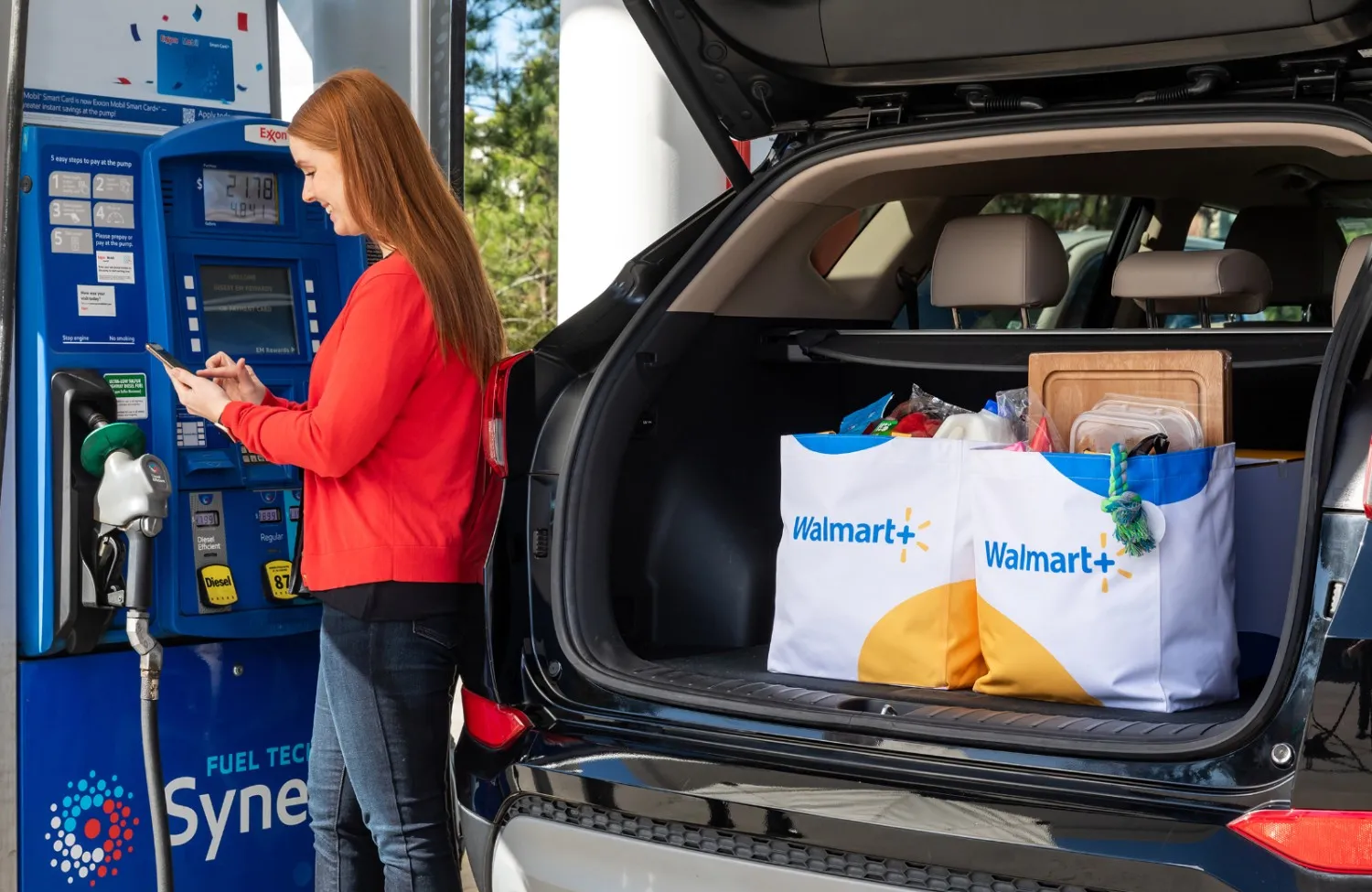
“If [customers] go into a supercenter and buy a candy bar, I want them to know if you come to the convenience store to save time, you're going to pay the same price,” DeSerio said. “I had to retrain my brain on how we [can] approach that and leverage that as a strength.”
Walmart’s gas station growth also ties in with the expansion of the retailer’s membership program. Walmart+, which launched in 2020, offers a range of services and discounts, including 10 cents off per gallon at Walmart convenience stores.
DeSerio said that one of Walmart’s current challenges is building loyalty for its c-stores and getting guests to choose its locations over rival gas stations they’ve likely visited for years.
“How do you become unique in a business that really has been around forever?” he said. “How do you stand out? How do you build that trust?”
Lofty goals
As of April 2025, Walmart’s c-stores spanned 34 states. When asked what regions the company is focused on for its gas stations, DeSerio said he and his team look at “every single market regardless of complexity to operate or cost to build.”
He said the goal is to maximize fuel in every parking lot where Walmart operates.
“That's a lofty goal… but I don't have limits to where I think this thing can go from a numbers perspective, given the amount of real estate we have across the U.S.,” DeSerio said.
DeSerio added that Walmart is banking on the everyday low price offering in its department stores resonating with consumers stopping for gas and snacks in its parking lots.
“Prices just fluctuate so much, impacting the lives of our customers, that we just see it as a really good opportunity to extend our current offers by providing fuel and convenience items.”



